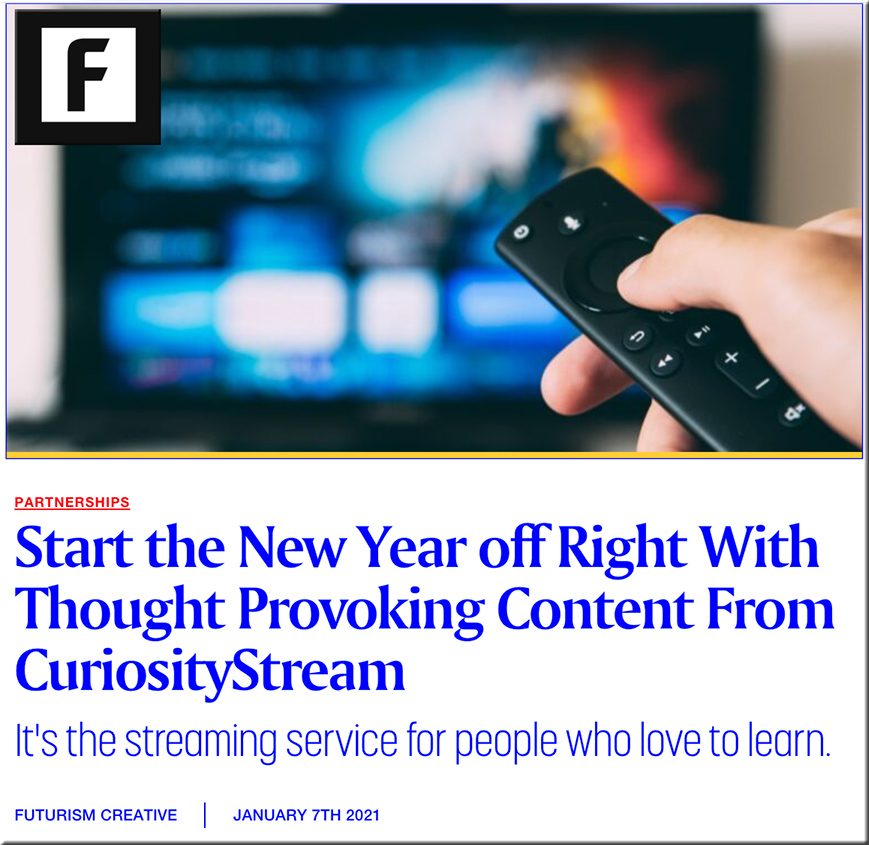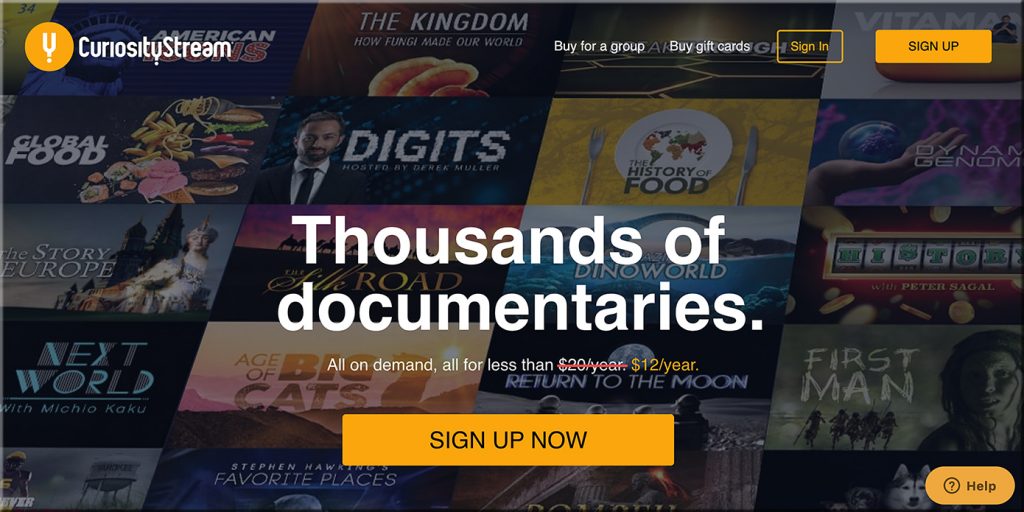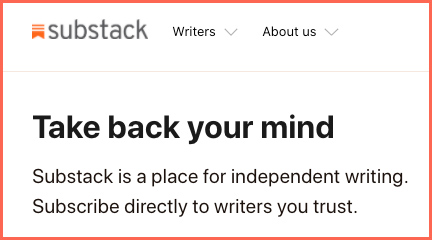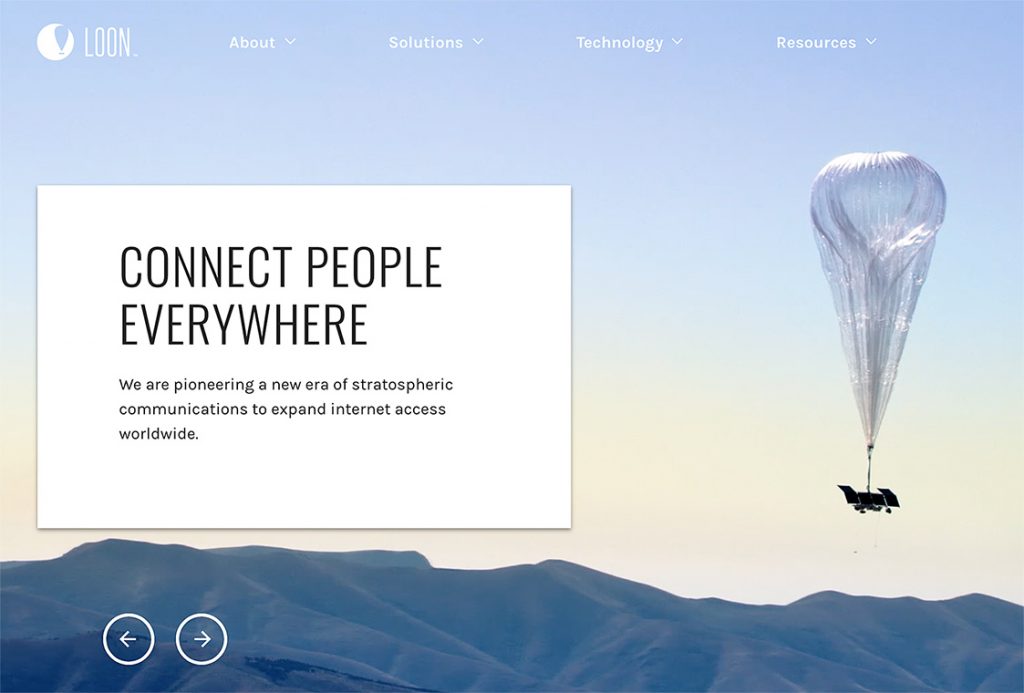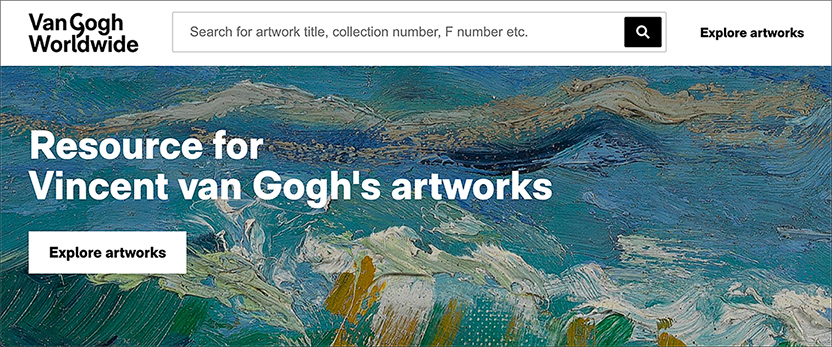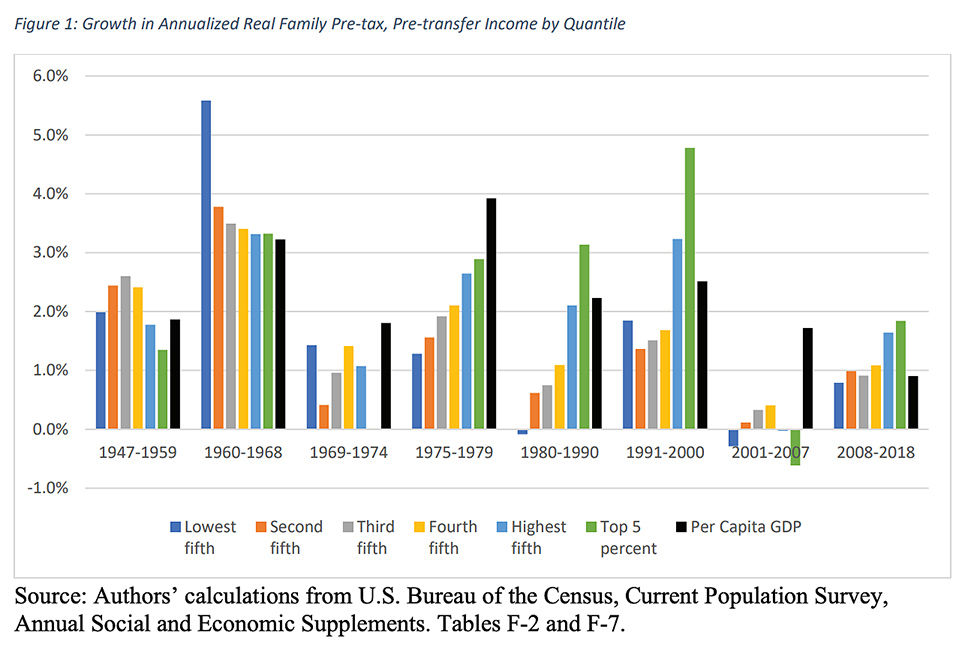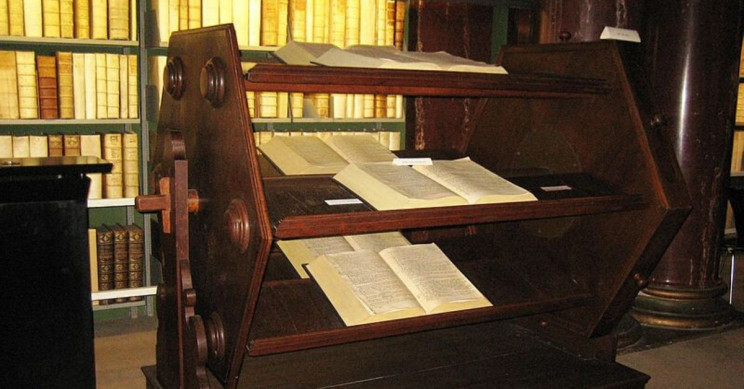16 Historical Roman Inventions That Helped Shape the Modern World — from interestingengineering.com by Kashyap Vyas
The technologically-advanced ancient Roman Empire has a rich history of inventions, some of which are still used today.
Travel from home: 13 virtual museums and galleries to tour — from millionmilesecrets.com by Cynthia Paez Bowman; with thanks to Tatiana Rosado Vidal for this resource
Excerpt:
Museums, movie theaters, concerts and other events have all taken a hit since COVID-19 emerged. Luckily, the creative world has gotten — creative — and found new, alternative ways to provide virtual cultural and educational experiences during these challenging times. If you’re hankering for a little art immersion, there are a variety of virtual museum tours you can take, all from the comfort of your home. Best of all, you won’t have to navigate a sea of crowds and selfie sticks to get a closer look at a Van Gogh or Monet.
…
The following list of virtual museums and galleries are organized based on interest:
Virtual Art Museums
Virtual Tour for Kids
Virtual Natural History and Science
Weird Virtual Museums
Celebrating Black History Month — from blog.edmentum.com
Excerpt:
February is Black History Month, a time to learn about, reflect on, celebrate and honor the pivotal role Black Americans have played in U.S. history.
Throughout the month, we’ll take time to learn about Black culture and spotlight some incredible Edmentors, educators, and students each week who are working to make a difference in the lives of kids all over the world. You’ll hear from some fantastic Edmentors about what inspires them and gain insight into the ways in which Black culture, identity, and perspectives help Edmentum succeed as an organization.

28 Simeon took him in his arms and praised God, saying:
29 “Sovereign Lord, as you have promised,
you may now dismiss[a] your servant in peace.
30 For my eyes have seen your salvation,
31 which you have prepared in the sight of all nations:
32 a light for revelation to the Gentiles,
and the glory of your people Israel.”
Luke 2:8-11 (New International Version) — from biblegateway.com
8 And there were shepherds living out in the fields nearby, keeping watch over their flocks at night. 9 An angel of the Lord appeared to them, and the glory of the Lord shone around them, and they were terrified. 10 But the angel said to them, “Do not be afraid. I bring you good news that will cause great joy for all the people. 11 Today in the town of David a Savior has been born to you; he is the Messiah, the Lord.

17+ Futuristic Car Designs from Visionaries of the Past — from by Christopher McFadden
Here are 17+ interesting futuristic car designs from the past that will bring a smile to your face.



From DSC:
How’s this for your next gift for that person in your life who loves books!?! 🙂
The Bookwheel Allowed 16th-Century Scholars to Read Multiple Books at One Time — from interestingengineering.com by Trevor English
This contraption allowed engineers to read multiple books at the same time.
Luke 1:30-33 New International Version (NIV) — from biblegateway.com
30 But the angel said to her, “Do not be afraid, Mary; you have found favor with God. 31 You will conceive and give birth to a son, and you are to call him Jesus. 32 He will be great and will be called the Son of the Most High. The Lord God will give him the throne of his father David, 33 and he will reign over Jacob’s descendants forever; his kingdom will never end.”











